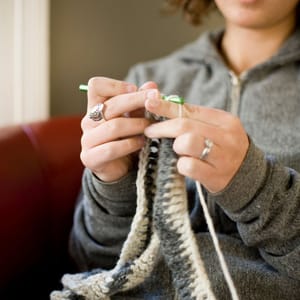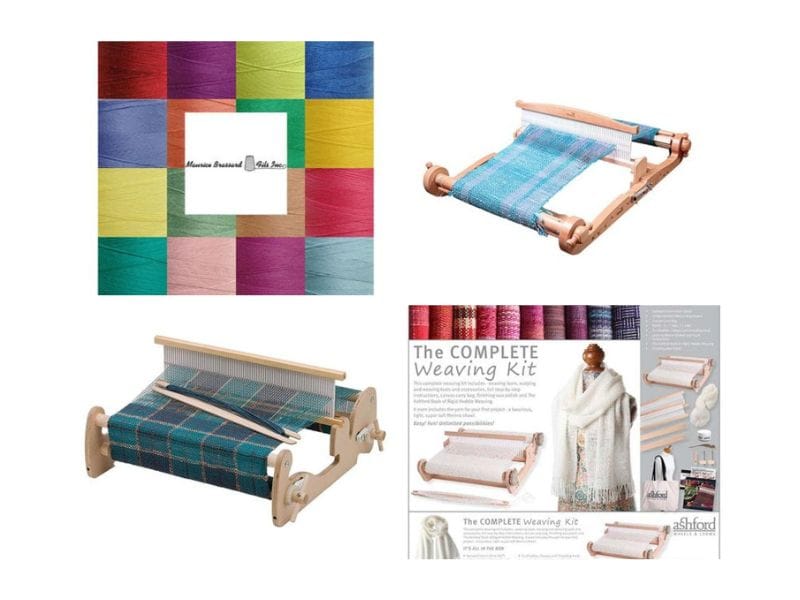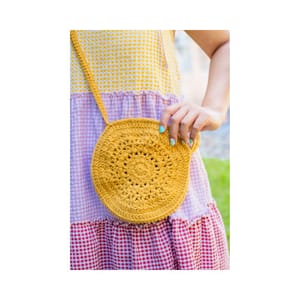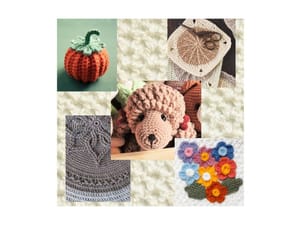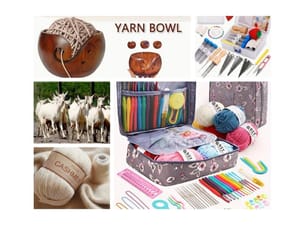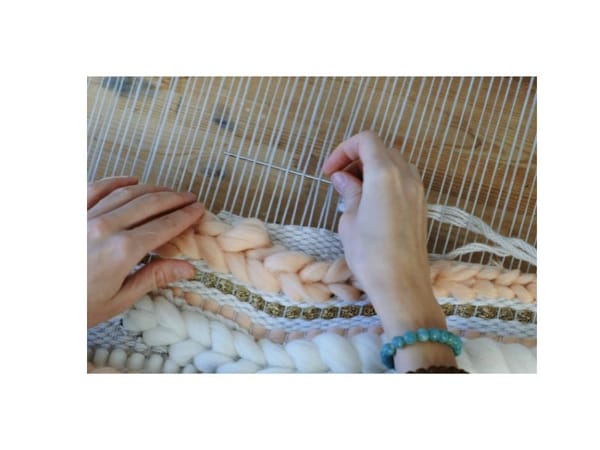Ready to start weaving?
Choosing the right loom is key for beginners and I’m here to help.
Let’s get into the world of weaving looms and see which ones are for beginners.
What to Look for in a Beginner Loom
When choosing a weaving loom as a beginner look for:
- Ease of Use: Look for looms that are easy to use with simple instructions. A loom that’s easy to set up and use will make learning fun.
- Size: Consider your space. Tabletop looms are small and perfect for small spaces, floor looms need more room.
- Cost: Budget is always a factor. Beginner looms range from $50 to $500 depending on type and brand. Find a balance between quality and price.
- Versatility: A loom that lets you try different techniques and patterns will keep you interested as you go along in your weaving journey.
- Portability: If you’ll be taking your loom to classes or workshops, consider a lightweight and portable one.
Why Start with a Rigid Heddle Loom?
Rigid heddle looms are recommended for beginners and for good reason:
- Simplicity: They’re easy to use, perfect for those new to weaving. The learning curve is shallow so you can focus on learning basic techniques.
- Affordability: Rigid heddle looms are generally less expensive than others so they’re a cost-effective entry into weaving.
- Versatility: Despite being simple they offer a lot of weaving possibilities from plain weaves to more complex patterns.
- Portability: These looms are lightweight and easy to take with you on the go.
Recommended Looms for Beginners
Here are some top picks that will have you weaving in no time:

Ashford Rigid Heddle Loom
Known for its durability and ease of use, this loom is perfect for beginners. Comes in various sizes so you can choose one that fits your space and project.
Comes with optional stands:

Schacht Cricket Rigid Heddle Loom
Small and portable, perfect for small spaces and travel. Easy to assemble and smooth to weave.
Also comes in a Schacht Cricket Quartet Model and has the following options:
- Schacht Cricket Rigid Heddle Loom Stand
- Schacht Flip Folding Rigid Heddle Loom

Kromski Harp Forte
A versatile loom with a built-in warping board so you can set up your projects easily. Comes in different widths to fit different projects.
Comes with options:
- Kromski Harp Forte Stand
- Kromski Harp Forte Rigid Heddle loom in Walnut
- Kromski Harp Forte Stand in Walnut Finish
- Kromski Presto Light Pink Rigid Heddle Loom in 10 inches and in 16 inches

Beka Weaving Frame Loom
Simple and affordable for beginners. Great for small projects and learning the basics.
Also comes with these options:

Louet Erica Table Loom
A bit more advanced but more complex for those wanting to learn more. Compact and perfect for small spaces.
Has an optional stand.
You Might Also Consider:

Ashford Complete Weaving Kit
A cost-effective kit with everything you need to start weaving on an Ashford rigid heddle loom. Includes yarn and complete instructions for a beautiful scarf.
Weaving Yarn

Maurice Brassard Cotton Yarn
A yarn that's excellent for weaving (warp or weft) dish towels, place mats, tablecloths, clothing etc. Washes easily. Comes in an assortment of colors.
Unravel the Tapestry of Weaving Lingo! 🤔
Dent Reed
What It Is: The dent reed is a comb-like tool that helps to space the warp threads evenly across the loom. Each "dent" is a slot through which a warp thread passes.
Importance for Beginners: The dent reed determines the density of your weave. A lower dent count means a looser weave, while a higher dent count results in a tighter weave. For beginners, understanding how the dent reed affects the fabric's texture is essential, but you don't need to worry about having a wide range of reeds right away. Starting with a medium dent reed (like 8 or 10 dents per inch) is usually sufficient.
Weaving Width
What It Is: This refers to the maximum width of fabric you can weave on a loom. It’s determined by the width of the loom itself.
Importance for Beginners: The weaving width is crucial because it limits the size of the projects you can undertake. For beginners, a loom with a weaving width of around 15 to 24 inches is typically sufficient. This size allows you to create scarves, table runners, and other small projects without overwhelming you.
Size
What It Is: This generally refers to the overall dimensions of the loom, including its height, width, and depth.
Importance for Beginners: We've already touched on this earlier, but it's worth repeating, the size of the loom affects where you can use it. Tabletop looms are great for small spaces, while floor looms require more room. Consider your available space and how portable you want your loom to be. A smaller loom is often more manageable for beginners.
Shaft Size
What It Is: In weaving, shafts hold the heddles, which in turn hold the warp threads. The number of shafts determines the complexity of patterns you can weave.
Importance for Beginners: Most beginner looms, especially rigid heddle looms, have one or two shafts. This is perfect for starting out because it allows you to focus on mastering basic weaving techniques without getting bogged down by complexity. As you become more experienced, you might want to explore looms with more shafts for intricate patterns.
Wrapping Up
When you're just starting out, the most important factors are ease of use and the ability to learn basic techniques.
While understanding terms like dent reed, weaving width, size, and shaft size is helpful, you don't need to dive too deep into these details initially.
A simple, user-friendly loom will allow you to focus on learning and enjoying the weaving process.
As you gain confidence and experience, you can explore more advanced looms and techniques.
But for a beginner, choosing the right loom is the first step in your weaving journey.
By considering size, cost, and versatility, you’ll find a loom that fits your needs and budget.
Starting with a rigid heddle loom is a great way to learn the basics and get into weaving. With the right loom you’ll be weaving in no time.
Remember, weaving is not just a craft; it’s an art form that lets you express yourself.
So, get a loom, let your imagination run wild and weave your way to happiness!

Images Courtesy of the Woolery

